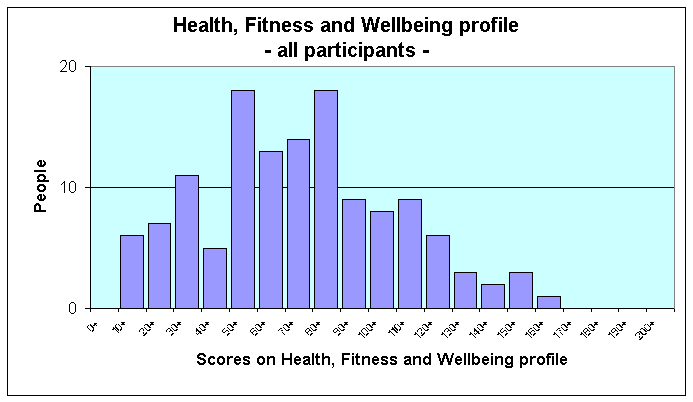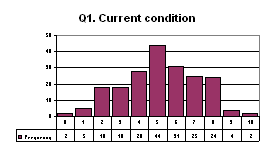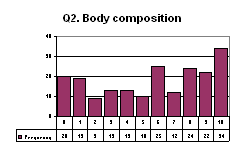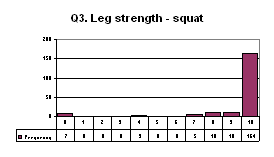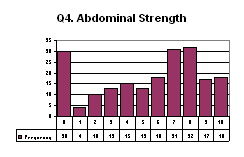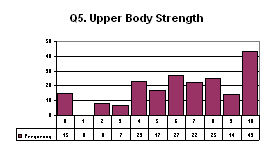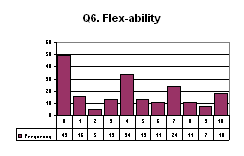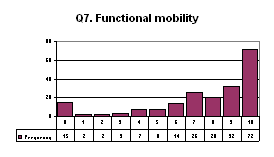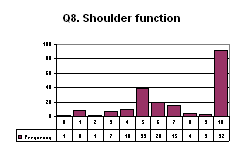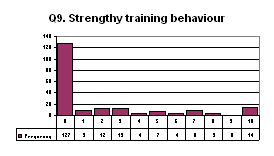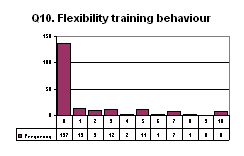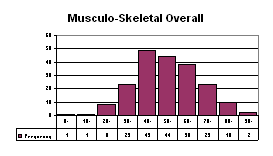|
|
|
|||||||||||||||||||||||||||||||||||||||||||||||||||||||||||||||||||||||||||||||||||||||||||||||||||||||||||||||||||||||||||||||||||||||||||||||||||||||||||||||||||||||||||||||||||||||||||||||||||||||||||||||||||||||||||||||||||||||||||||||||||||||||||||||||||||||||||||||||||||||||||||||||||||||||||||||||||||||||||||||||||||||||||||||||||||||||||||||||||||||||||||||||||||||||||||||||||||||||||||||||||||||||||||||||||||||||||||||||||||||||||||||||||||||||||||||||||||||||||||||||||||||||||||||||||||||||||||||||||||||||||||||||||||||||||||||||||||||||||||||||||||||||||||||||||||||||||||||||||||||||||||||||||||||||||||||||||||||||||||||||||||||||||||||||||||||||||||
|
Reports Home |
Health, Fitness and Wellbeing Results |
|||||||||||||||||||||||||||||||||||||||||||||||||||||||||||||||||||||||||||||||||||||||||||||||||||||||||||||||||||||||||||||||||||||||||||||||||||||||||||||||||||||||||||||||||||||||||||||||||||||||||||||||||||||||||||||||||||||||||||||||||||||||||||||||||||||||||||||||||||||||||||||||||||||||||||||||||||||||||||||||||||||||||||||||||||||||||||||||||||||||||||||||||||||||||||||||||||||||||||||||||||||||||||||||||||||||||||||||||||||||||||||||||||||||||||||||||||||||||||||||||||||||||||||||||||||||||||||||||||||||||||||||||||||||||||||||||||||||||||||||||||||||||||||||||||||||||||||||||||||||||||||||||||||||||||||||||||||||||||||||||||||||||||||||||||||||||||||
|
|
2. SLDM NOVEMBER 2009
John Miller conducted a series of Global Back Care Clinics for The Organisation in February 2009.
176 participants, completed several profiles profiles
■ Health, Fitness and Wellbeing ■ Musculo-skeletal risk
The results are presented in graphic format, with commentary.
HEALTH, FITNESS AND WELLBEING PROFILE The Health, Fitness and Wellbeing profile provides people with a very good idea of how well the various systems of the body are functioning, particularly the
the mind autonomic nervous system immune system digestive system circulatory system elimination system musculo-skeletal system.
On this profile a good score is a low score.
The score of a normal, fit and healthy human being is less than 20
Higher scores are symptomatic of dysfunction of one or more body systems.
People with high levels of stress usually score well over 100.
For people with a score of more than 80, the background noise of their life is becoming louder and louder. It is hard to concentrate on your work when body systems are dysfunctional.
We know a fit and healthy group when we see the majority of scores below 40. This was not the case with this group. By and large higher scores are usually a reflection of
low levels of fitness an inability to deal with what life and work are serving up to people.
Remember, it is not what happens, but how we deal with what happens that determines our level of stress.
Classification of average scores: Excellent - less than 40. Good - 41 - 50. Fair 51-60. Poor - over 60.
This profile is described as poor. The average score was 75. Anyone scoring more than 80 is putting up with a lot of 'background noise'.
HEALTH CLIMATE SURVEY Based on scores received in the Health, Fitness and Wellbeing profile we've compiled a Health Climate Survey. Scores on each item have ranked - the higher the score the worse the problem. We added the scores for each item. The results appear in the table below.
We registered those scores of 5 and over as being a symptom, issue or concern, the most pressing of which have been highlighted.
MUSCULO-SKELETAL RISK FACTOR Our musculo-skeletal risk factor profile looked at a range of parameters including mobility, strength and flexibility and whether people are training to keep themselves strong and flexible.
The musculo-skeletal risk factor profile is comprised of a mix of 7 objective and 3 subjective assessments. Current musculo-skeletal condition Abdominal strength test Upper body strength test Flexibility Functional mobility the ability to sit down and stand up with ease. Shoulder function Dominant hand grip Non-dominant hand grip Flexibility training behaviour Strength training behaviour.
On this profile a good score is a high score.
A score of 70% is attainable by those who have a regular and systematic training program.
Those scoring less than 70 are not doing sufficient in the way of strength and flexibility exercises. They are therefore exposing themselves to a high risk of musculo-skeletal dysfunction. (It would be bizarre for a workplace to offer to pay the rehabilitation costs of people who were not keeping themselves strong enough or flexible enough to do their job without succumbing to musculo-skeletal dysfunction, wouldn't it?)
Lack of strength and flexibility is something that the Organisation needs to take seriously and monitor carefully and put in place an organisation-wide strategy to improve musculo-skeletal function. By far and away a high proportion of people do not have a strength and flexibility program. As a result they are getting weaker and tighter by the week, thereby exposing themselves and the organisation to risk.
When push comes to shove and people become dysfunctional, it will be The Organisation that ends up paying the high cost of an avoidable musculo-skeletal complaint.
In our opinion musculo-skeletal dysfunction caused by the lack of a regular and systematic strength and flexibility program cannot be classified as an injury. Responsibility for musculo-skeletal dysfunction needs to be sheeted home to individual employees, though its unlikely to happen without the establishment of a culture within the organisation that supports, values and understands strength and flexibility.
We recommend a range of strength and flexibility classes that are readily available Australia-wide:
The Organisation would place itself in the forefront of OH&S practice if it took the musculo-skeletal risk seriously and moved heaven and earth to educate all staff about this risk and encourage them to take part in a regular strength and flexibility program. Maybe The Organisation and its worker's compensation insurer could invest in a pilot program to increase staff strength and flexibility!
The lack of strength and flexibility training coupled with poor abdominal strength, upper body strength, flexibility and shoulder function is a cause for concern and needs the attention of individual staff and managers. Recommendation We strongly recommend that the people who are in current poor musculo-skeletal condition, and who lack abdominal strength, upper body strength, flexibility, shoulder function and functional mobility, in particular those who scored less than 60 on the profile, be obligated to attend regular, in-house strength and flexibility classes. The pressure on the organisation's workers' compensation costs is such that to do otherwise would, in our opinion be to abrogate a responsibility for the prudent management of the organisation's finances. COMMENTS FROM PARTICIPANTS Encourage pre-shift warmup with a view to implementing a full home-work program Discuss program with my General Manager Recommend presentation be made to market lead team. For group - share learning Lead team session for market mills Endorse strongly program across our business Gain leadership commitment Promote with workgroup Workgroups - educate - buy in from OHS - warm up stretches as part of toolbox meetings Keep pushing management to recognise the 'H' in 'OH&S' Promote healthy lifestyles - stretching and exercise
Miller Health In association with Integrated Health Systems 7 Salvado Place Stirling ACT 2611 (02) 6288 7703
|
|||||||||||||||||||||||||||||||||||||||||||||||||||||||||||||||||||||||||||||||||||||||||||||||||||||||||||||||||||||||||||||||||||||||||||||||||||||||||||||||||||||||||||||||||||||||||||||||||||||||||||||||||||||||||||||||||||||||||||||||||||||||||||||||||||||||||||||||||||||||||||||||||||||||||||||||||||||||||||||||||||||||||||||||||||||||||||||||||||||||||||||||||||||||||||||||||||||||||||||||||||||||||||||||||||||||||||||||||||||||||||||||||||||||||||||||||||||||||||||||||||||||||||||||||||||||||||||||||||||||||||||||||||||||||||||||||||||||||||||||||||||||||||||||||||||||||||||||||||||||||||||||||||||||||||||||||||||||||||||||||||||||||||||||||||||||||||||
